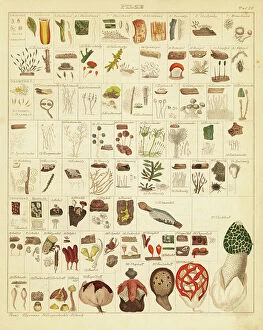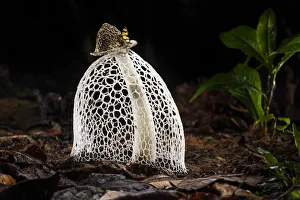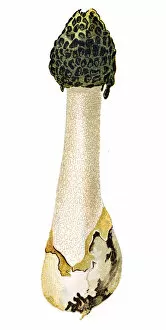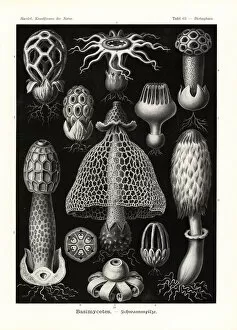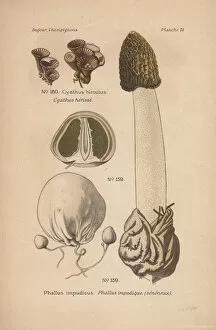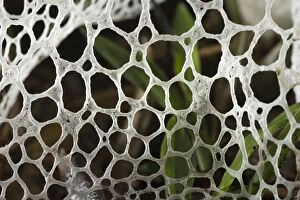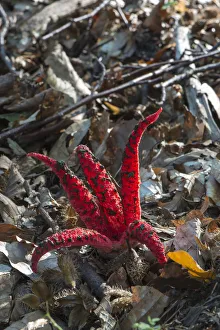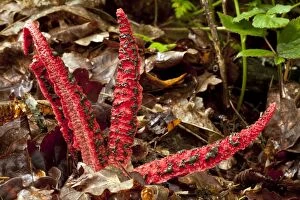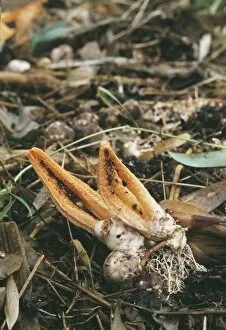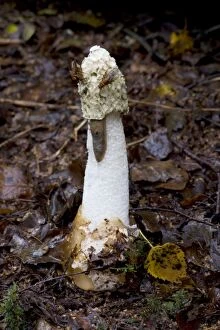Stinkhorn Collection
The stinkhorn, scientifically known as Phallus impudicus, is a fascinating and peculiar mushroom species that never fails to capture attention
All Professionally Made to Order for Quick Shipping
The stinkhorn, scientifically known as Phallus impudicus, is a fascinating and peculiar mushroom species that never fails to capture attention. With its distinctive appearance and pungent odor, it leaves an unforgettable impression on anyone who encounters it. One variety of the the Maidens veil or Bridal veil fungus (Phallus indusiatus), characterized by its fully formed indusium. This delicate structure adds an ethereal touch to this already intriguing mushroom. However, don't be deceived by its beauty, for the it is notorious for being poisonous. Its scientific name "impudicus" perfectly captures its audacity in emitting a foul smell that resembles rotting flesh. It's no wonder why it earned the colloquial name "common stinkhorn. " Belonging to the Basidiomycetes mushrooms and puffballs family, these fungi are truly unique in their appearance. A hand-colored lithograph from 1880 showcases their intricate details and vivid colors, reminding us of their significance even back then. Another common name for this species is the stinking morel (Phallus impudicus). The term "stinking" aptly describes its strong aroma while "morel" refers to its resemblance to another type of edible mushroom called morels. Whether you come across AE-5972-5908 or AE-5972-5932 or AE-5972-5928, all referring to different images of the common Stinkhorn (Phallus impudicus), one thing remains certain - these mushrooms are captivating subjects worthy of exploration and study. With their distinct features and unmistakable scent, stinkhorns stand out among other fungi species. Their presence in nature serves as a reminder of both diversity and complexity within our ecosystem. So next time you stumble upon a stinkhorn during your outdoor adventures, take a moment to appreciate its uniqueness and the wonders of the natural world.


